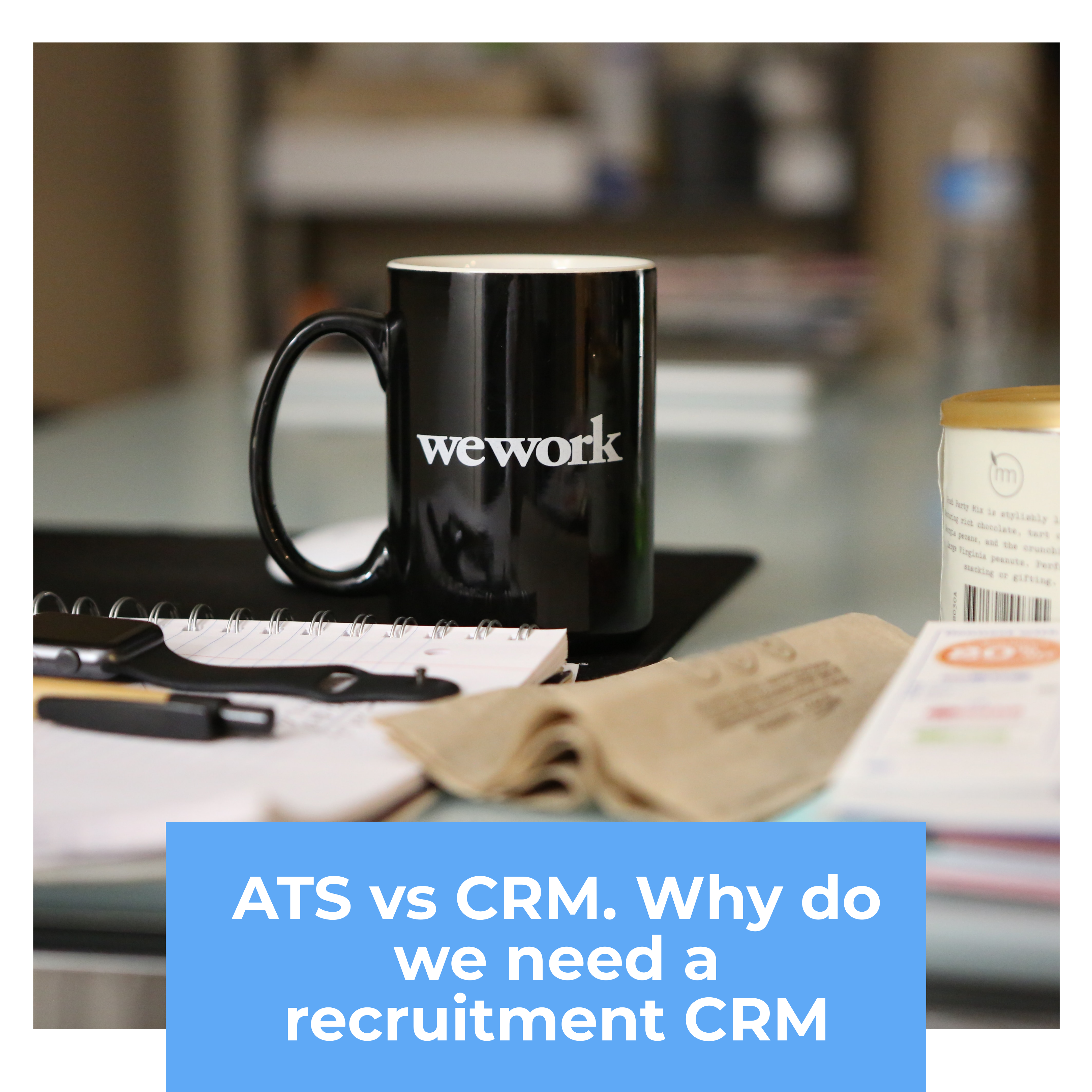

Recruitment requires a lot of creativity these days. In a job market that is largely candidate-driven, recruiters need to be on its left, right, and center in order to find the talent their organization so desperately needs. With certain industries already struggling to find skilled people and a growing number of baby boomers retiring, recruiters have no choice but to look beyond the ‘borders’ of their industry to attract people.
What is ATS?
An ATS is a type of recruiting software that facilitates and optimizes the hiring process. It acts as a repository where recruiters and hiring managers can create and post job openings, collect and organize applications, and screen, evaluate, select, and move candidates through every step of the hiring process in one platform. By automating job board posting, CV submission you won’t need to manually input data into spreadsheets. With an ATS all your candidate data is automatically imported to your software platform, which will save you the precious time you used to waste in manual work. Also, with the integrated AI-based pre-screening, you won’t spend one more minute on completely unqualified applicants.
ATS has many features and functionalities that improve the recruiter’s productivity like job posting on multiple job boards and integrated email templates to facilitate communication with candidates. ATS also promotes collaborative hiring through commenting and sharing features, that allow recruiters to give their feedback to the team about the candidates. This not only positively impacts the individual but also team productivity and improves the decision-making process.
What is CRM?
A CRM system is designed to strengthen relationships between potential candidates and recruiters so that recruiters can use these candidates for future job openings. In this way, CRMs are considered part of the Recruitment Marketing strategy, allowing TA professionals to create talent communities and deliver targeted messaging that helps build and nurture relationships with passive talent. That way, when it comes time to fill a rec, recruiters already have a pool of vetted candidates from which to choose.
Candidates now want consumer-like experiences and recruiters can’t bring excel sheets to a tech-first fight. Here’s why CRM systems are a must-have for your recruitment tech stack, and integration is the definitive way forward.
Once a recruiting CRM is in place, every member of your firm can effectively share data, notes, monitor candidate/applicant movements, nurture and chase leads, while also evaluating document activity – with significantly enhanced transparency and collaboration. In fact, initiatives like career fairs or other online programs can be continuously tracked, with zero human intervention – with the ability to gather key metrics supporting the success (or lack of) of such an event.
One can easily determine the number of candidates that came in, the leads generated, and their status within the overall hiring cycle, with the number of actual hires, and the speed & cost incurred to achieve the same.
A recruitment CRM can help businesses to:
- Build up a talent network that lives in a single, searchable database
- Find, attract, nurture, and manage their candidates
- Have a one-stop-shop for their recruitment activities and give them to tools to send automated recruiting emails, conduct qualification screenings, schedule interviews, conduct background checks
- Measure and act on the effectiveness of their recruitment strategies through reports
For companies who recruit on larger scales, candidate relationship management tools can also help organize and manage the constant deluge of applications. Traditionally, companies would rely on Applicant Tracking Systems (ATS), which would track every inbound applicant, to manage their high-volume recruiting. With recruitment CRM, companies can manage an applicant’s journey from the moment they apply to the day they start their new position.

